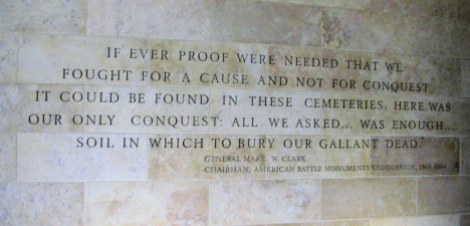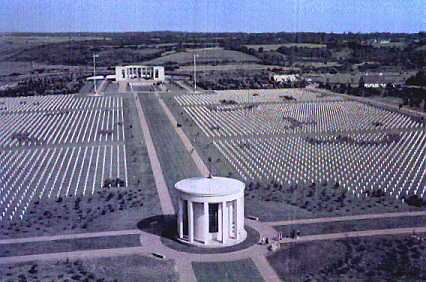- “There are two kinds of people who are staying on this beach: those who are dead and those who are going to die. Now let’s get the hell out of here.”
- Colonel George A. Taylor, commander 16th Infantry Regiment, Omaha Beach, June 6, 1944
Now that it is over it seems to me a pure miracle that we ever took the beach at all. For some of our units it was easy, but in this special sector where I am now our troops faced such odds that our getting ashore was like my whipping Joe Louis down to a pulp.
In this column I want to tell you what the opening of the second front in this one sector entailed, so that you can know and appreciate and forever be humbly grateful to those both dead and alive who did it for you.
Ashore, facing us, were more enemy troops than we had in our assault waves. The advantages were all theirs, the disadvantages all ours. The Germans were dug into positions that they had been working on for months, although these were not yet all complete. A one-hundred-foot bluff a couple of hundred yards back from the beach had great concrete gun emplacements built right into the hilltop. These opened to the sides instead of to the front, thus making it very hard for naval fire from the sea to reach them. They could shoot parallel with the beach and cover every foot of it for miles with artillery fire.
Then they had hidden machine-gun nests on the forward slopes, with crossfire taking in every inch of the beach. These nests were connected by networks of trenches, so that the German gunners could move about without exposing themselves.
Throughout the length of the beach, running zigzag a couple of hundred yards back from the shoreline, was an immense V-shaped ditch fifteen feet deep. Nothing could cross it, not even men on foot, until fills had been made. And in other places at the far end of the beach, where the ground is flatter, they had great concrete walls. These were blasted by our naval gunfire or by explosives set by hand after we got ashore.
Our only exits from the beach were several swales or valleys, each about one hundred yards wide. The Germans made the most of these funnel-like traps, sowing them with buried mines. They contained, also, barbed-wire entanglements with mines attached, hidden ditches, and machine guns firing from the slopes.
This is what was on the shore. But our men had to go through a maze nearly as deadly as this before they even got ashore. Underwater obstacles were terrific. The Germans had whole fields of evil devices under the water to catch our boats. Even now, several days after the landing, we have cleared only channels through them and cannot yet approach the whole length of the beach with our ships. Even now some ship or boat hits one of these mines every day and is knocked out of commission.
The Germans had masses of those great six-pronged spiders, made of railroad iron and standing shoulder-high, just beneath the surface of the water for our landing craft to run into. They also had huge logs buried in the sand, pointing upward and outward, their tops just below the water. Attached to these logs were mines.
In addition to these obstacles they had floating mines offshore, land mines buried in the sand of the beach, and more mines in checkerboard rows in the tall grass beyond the sand. And the enemy had four men on shore for every three men we had approaching the shore.
And yet we got on.
Go here to read the rest.



I read somewhere that that when deGaulle took France out of NATO and demanded that US remove our troops. LBJ wanted our ambassador to ask if that included those buried there but “wiser” heads prevailed.
No, I believe he did do it:
http://www.goodreads.com/quotes/375563-ask-him-about-the-cemeteries-dean-in-1966-upon-being
One of the few actions of that scoundrel LBJ that I heartily applaud.
Go to the link below to see a Bill Mauldin cartoon that says it all:
http://www.defensivecarry.com/forum/off-topic-humor-discussion/32884-bill-mauldin.html
Ernie Pyle’s writings are highly valuable: that we may “see” through his eyes and words that which our men did and suffered. Among the best is his piece, “The Death of Captain Waskow.”
I once was stationed in West Germany about that time. DeG knew American troops and air forces defended his crummy country. The arrogance: the French army maintained posts in West Germany. If you went by them, the flags were tattered and the troops looks like girls.
Thanks for the correction, Don. Somewhere I picked up the idea one of Kennedy’s State Dept. geniuses talked him out of it.
My grandfather was injured in WW1 by one of those buried Americans – to be specific, by his flying body parts.